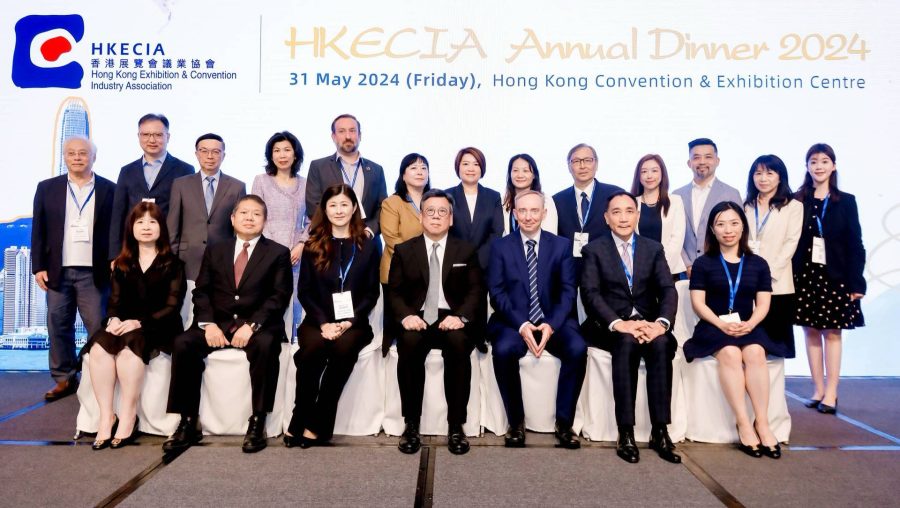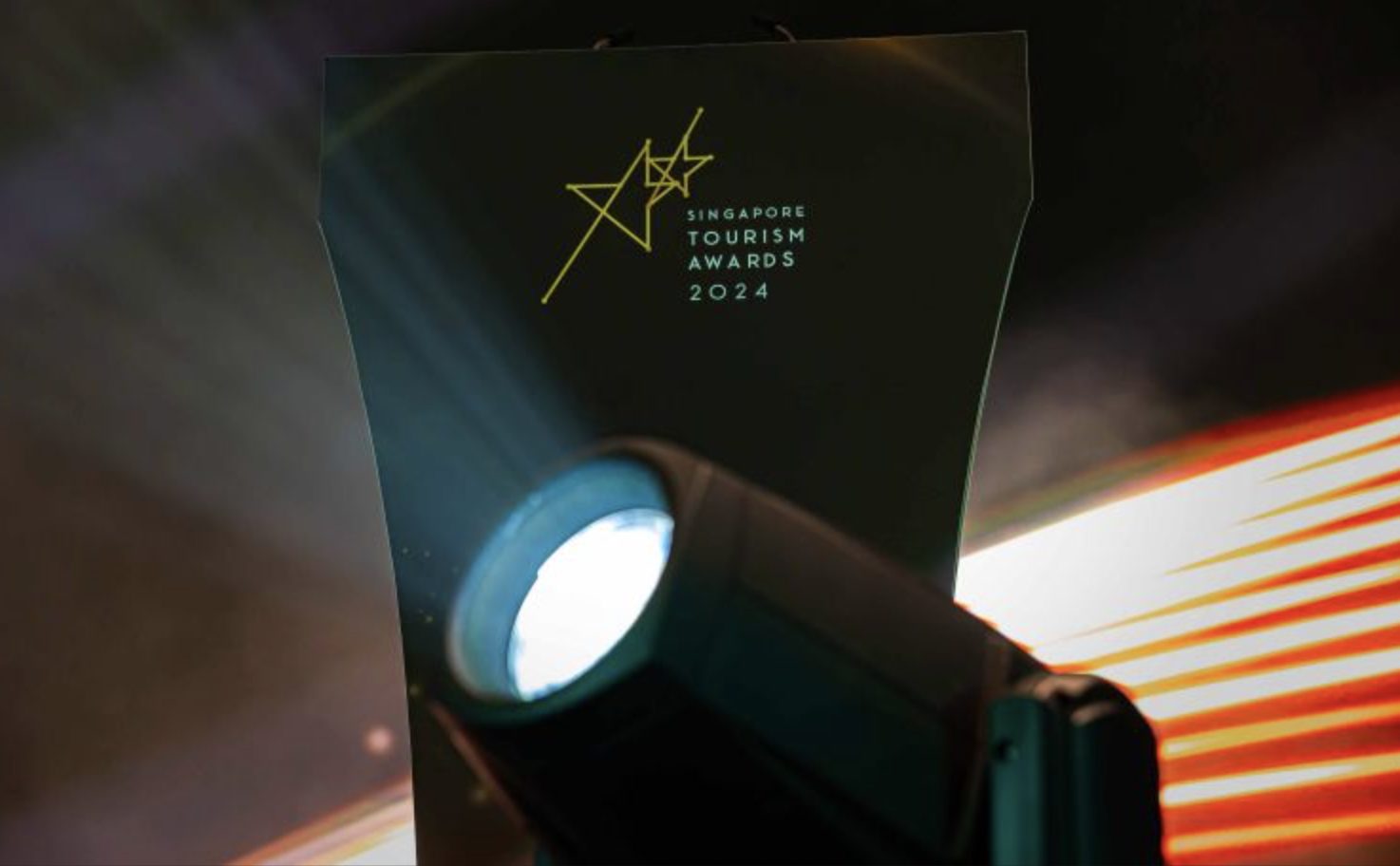There are clear advantages to hosting a business event near one of Asia’s many iconic attractions. For example, a trip to an ancient temple can quickly turn a business meeting into an impressive incentive within the space of a lunch hour. Similarly, if meeting delegates know they’re in the shadow of greatness, there is always the chance they’ll be inspired to excel.
Seoul, East Gate
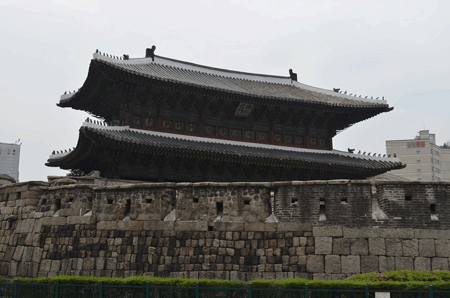
Seoul is jammed with Unesco heritage sites – four of Korea’s total of nine are found within the city limits. Although not part of the Unesco family, there are few more iconic attractions than the spectacular East Gate. In Korean, the gate is called Heunginjimun, which literally translates to the Gate of Rising Benevolence. Architecturally stunning and historically astounding, the gate was one of eight original entry points along Seoul’s historic defensive wall.
Where to meet?
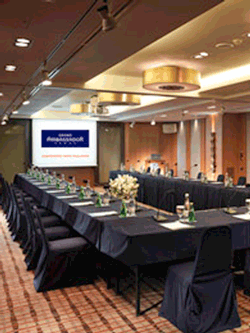
The gate is located in Dongdaemun, an area that is poised to explode with meeting destinations in the not too distant future. Currently nearing completion, the JW Marriot Dongdaemun Square Seoul will open next year as the closest hotel to the attraction. Guest rooms will have panoramic views of the gate and the rooftop alfresco restaurant will overlook the site. Similarly, the architecturally astounding Dongdaemun design plaza is set to open in 2014, giving planners a creative space to host large scale events.
For imminent meetings, the Grand Ambassador Hotel is located 15 minutes away via public transport. The hotel features 411 guest rooms with 15 meeting rooms, the largest of which can accommodate 300 people in a classroom set-up or 500 people for a banquet.
Mumbai, Gateway of India
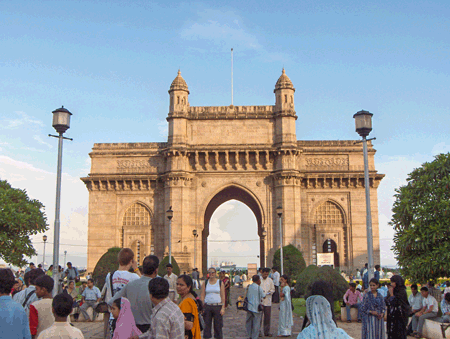
One of the most iconic images of Mumbai, the Gateway of India was erected in 1911 to welcome the arrival of King George V and Queen Mary to India. Unfortunately, construction didn’t actually commence until 1915 and an elaborate, full-size cardboard mock-up was used when the monarchs arrived. Today, the gate’s construction is a little more robust and attracts tourists in their thousands. The surrounding area has been designed to accommodate the masses, with space for up to 2,500 people at any one time.
Where to meet?
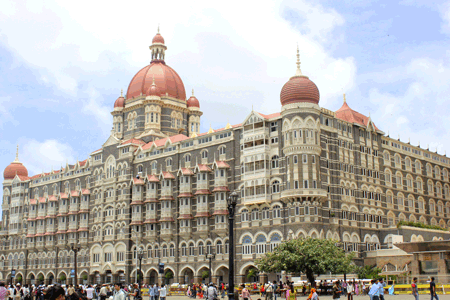
legitimate piece of Indian history itself, the Taj Mahal Palace & Tower Hotel predates the Gateway by over a decade. The hotel first opened its doors in 1903 and the Gateway was built on the waterside opposite. A meeting here ticks two iconic venue activity boxes. The hotel’s 560 rooms and 11 meeting venues have been lovingly restored to their Raj-era splendour. Up to 450 guests can be held in the grand ballroom, which features antique crystal chandeliers and incredible views of the Gateway.
Beijing, Forbidden City

One of Beijing’s most expansive and impressive attractions, the Forbidden City is thankfully no longer forbidden. Historically, the city housed the emperor, his concubines, soldiers and wives. Today, however, it’s awash with tourists, eager to experience a part of China’s rich history.
Where to meet?
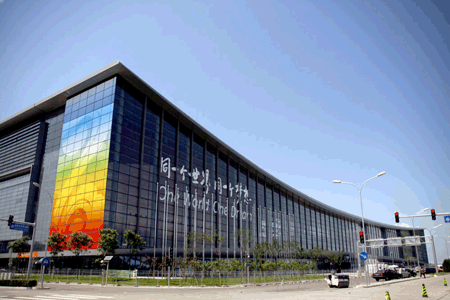
As with all things in China, when you go, go big. Near to the Forbidden City is the China National Convention Centre (CNCC). The largest facility of its kind in the country, the CNCC is also part of a complex of similarly large meeting spaces. The centre officially opened its doors for its intended purpose in 2009, but prior to that it served to house the world’s media during the 2008 Beijing Olympics. For meetings, the main plenary hall is 6,400 sqm and can accommodate 6,000 delegates in a theatre style. Meanwhile, 40,000 sqm of exhibition space means that the facility’s catering can provide services for 10,000 people simultaneously.
Bangkok, Temple of Dawn
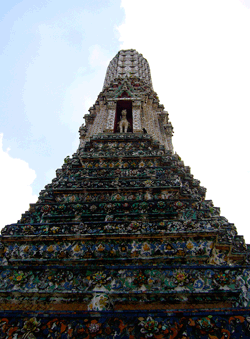
Wat Arun is one of Bangkok’s most notable temples. Buddhist in nature, its name is derived from the Hindu god Arun who is often depicted as the rays of the rising sun. At dawn, the temple becomes true to its namesake as the sunlight catches the surrounding water of the Chao Phraya River and reflects back up onto the structure. A truly inspiring sight, the view of the temple should get those creative juices going at early morning meetings.
Where to meet?
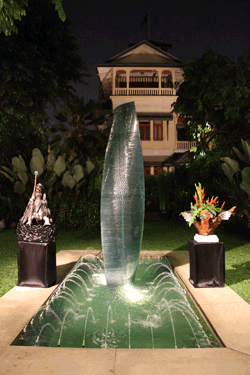
Chakrabongse Villas is a formal royal residence that has been converted into a hotel. The property was originally built by the son of King Rama V, Prince Chakrabongse, in 1908. A traditional Ayutthaya-style wooden property, the hotel seems to ooze with Thailand’s history. For meeting planners, the view afforded of the Temple of Dawn from the Riverview suite is unbeatable. This particular room can accommodate 70 people at a time, whilst the hotel’s largest meeting space is suitable for up 150 partaking in a sit down meal.
Cambodia, Angkor Wat
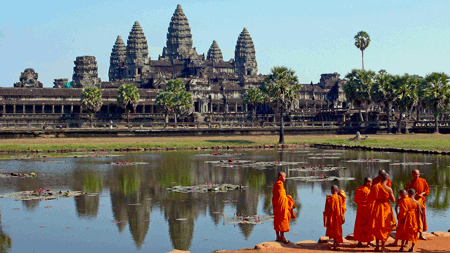
The largest religious monument in the world, Angkor Wat is one of Asia’s most iconic attractions. A true symbol of Cambodia, the temple appears on the county’s national flag. Originally built in the 12th century in honour of the Hindu god, Vishnu, the temple now functions as a place of Buddhist worship and, of course, a tourist attraction. The enormous temple is comprised of three large galleries and a series of towers, surrounded by a 3 km long wall and moat.
Where to meet?

Despite being somewhat remote, there are a number of boutique hotels near to Angkor Wat that offer good meeting facilities. La Résidence d'Angkor is one such luxury property, built in a classical style from wood and bamboo. Located 10 minutes away from Angkor Wat and on the banks of Siem Reap River, the hotel features a number of spaces that are suitable for intimate gatherings. Outside, the gardens can cater for informal meetings of up to 30 people, whilst the meeting room can accommodate 16 people or fewer.
